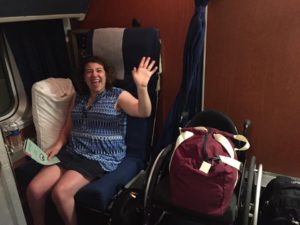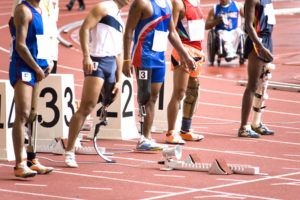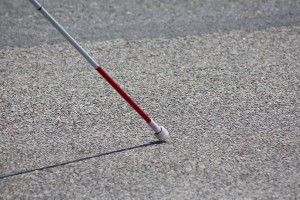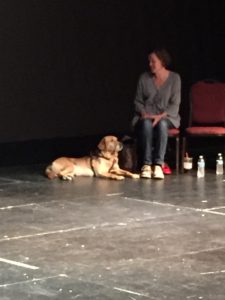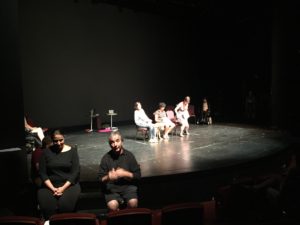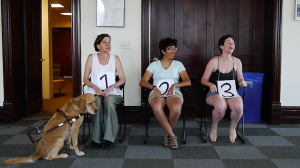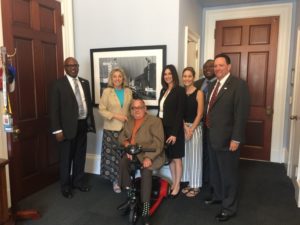5 Reasons to Watch the Paralympics
This summer, the spirit of the Rio 2016 Olympics was felt in full force. We sat in front of our TV and computer screens, watching as some of our country’s greatest athletes broke records, won medals, and displayed excellent sportsmanship. No need to feel the post-Olympics blues, now it’s time to tune in to the 2016 Paralympics!
From September 7-18, watch incredible athletes with disabilities participating in sporting events like sailing, wheelchair fencing, wheelchair rugby, powerlifting, and rowing. Here are five reasons to watch the Rio 2016 Paralympics:
1. This year, the U.S.A. will send its largest delegation of athletes to the Paralympics ever. The Paralympics are growing every year, which means more and more people with disabilities are getting outside of their comfort zones and breaking down barriers. Meet the athletes:
https://www.youtube.com/watch?v=i32aRVy9OcI
2. Track and Field events will be full of action, representation, and firsts. It’s no surprise that track and field events are highly anticipated in the months leading up to the summer Olympics and Paralympics. This year, the track and field events will feature the largest range of disabilities and the largest team for the U.S.A. with 76 athletes. Be sure to watch out for Grace Norman and Allysa Seely, who will compete in both track and field events and the newest event, the paratriathlon.
3. 35 veterans are on team U.S.A. As supporters of veteran reintegration, we are excited to see that there are 35 military athletes on Team U.S.A. While most of these athletes are veterans, four are still active duty. Branches of the military represented include the Army, Marine Corps, Navy, and Air Force. Be sure to check out the men’s volleyball team, where five of the 12 players are veterans. Other sports with military athletes include swimming, archery, shooting, and paratriathlon.
4. NBC added 60.5 more hours of coverage of the Paralympics. With disability in the spotlight in shows like Born This Way and Speechless, it’s clear that the more people with disabilities are given a voice, the more inclusion is possible. That’s why we’re so excited that NBC and NBCSN will air 66 hours of the Paralympics. We think Sir Philip Craven, the president of the International Paralympics Committee said it best: “This is tremendous news for sports fans too, many of whom will be able to watch a Paralympic Games live for the first time.” (via)
5. Everybody is represented. The tallest Paralympian is 6’7” and the shortest is 3’ tall. Paralympians competing have visual impairments, intellectual disabilities, prosthetic limbs, and an array of other disabilities. So many people are represented on this international stage. And we’re excited to cheer them on.








